Road trips from Southern California: Bay Area
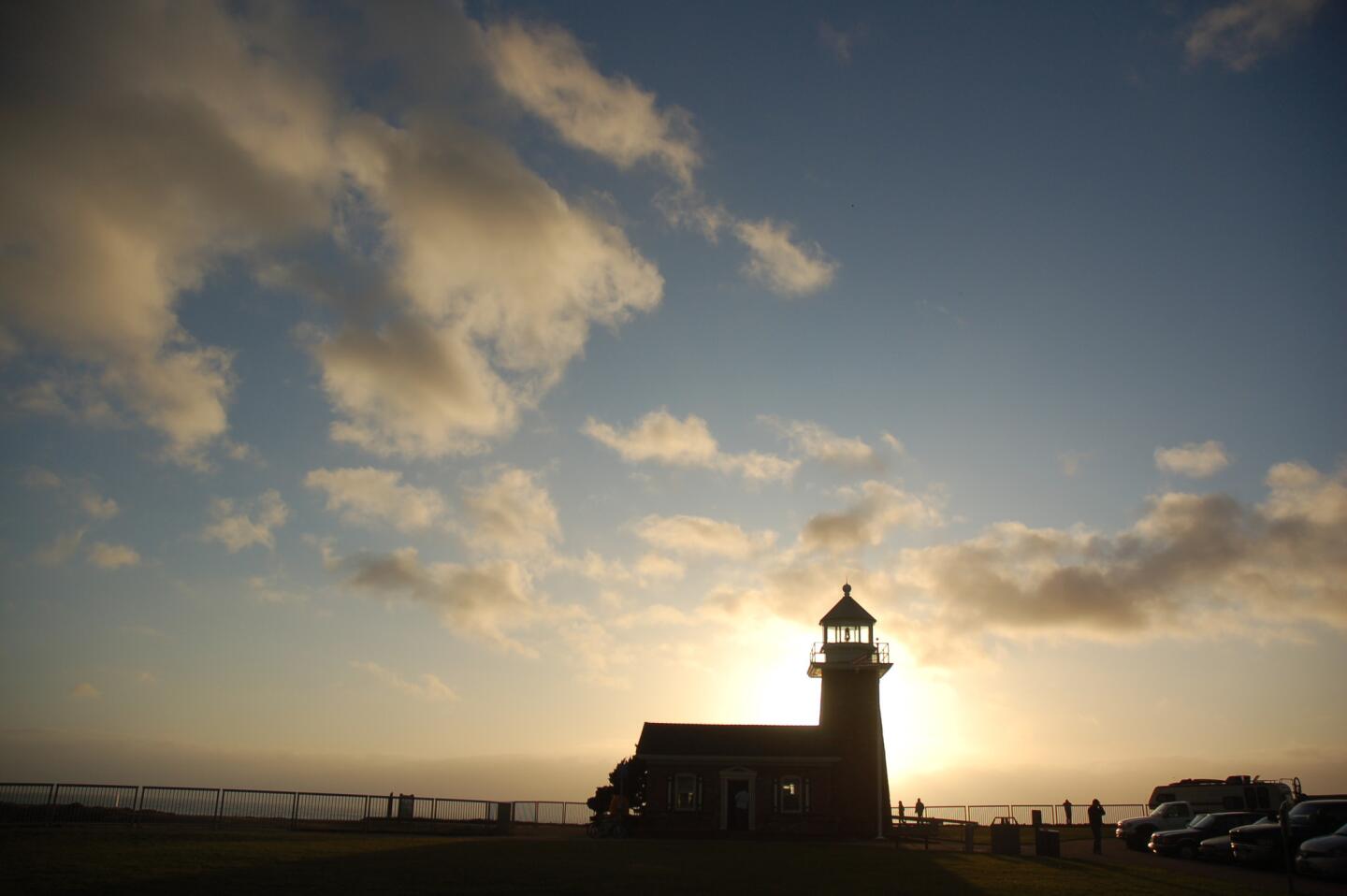
What with the redwoods, the shapely waves, the historic beachfront amusement park and the barking sea lions under the old wharf, Santa Cruz has always possessed plenty to lure tourists. (Chris Reynolds / Los Angeles Times)
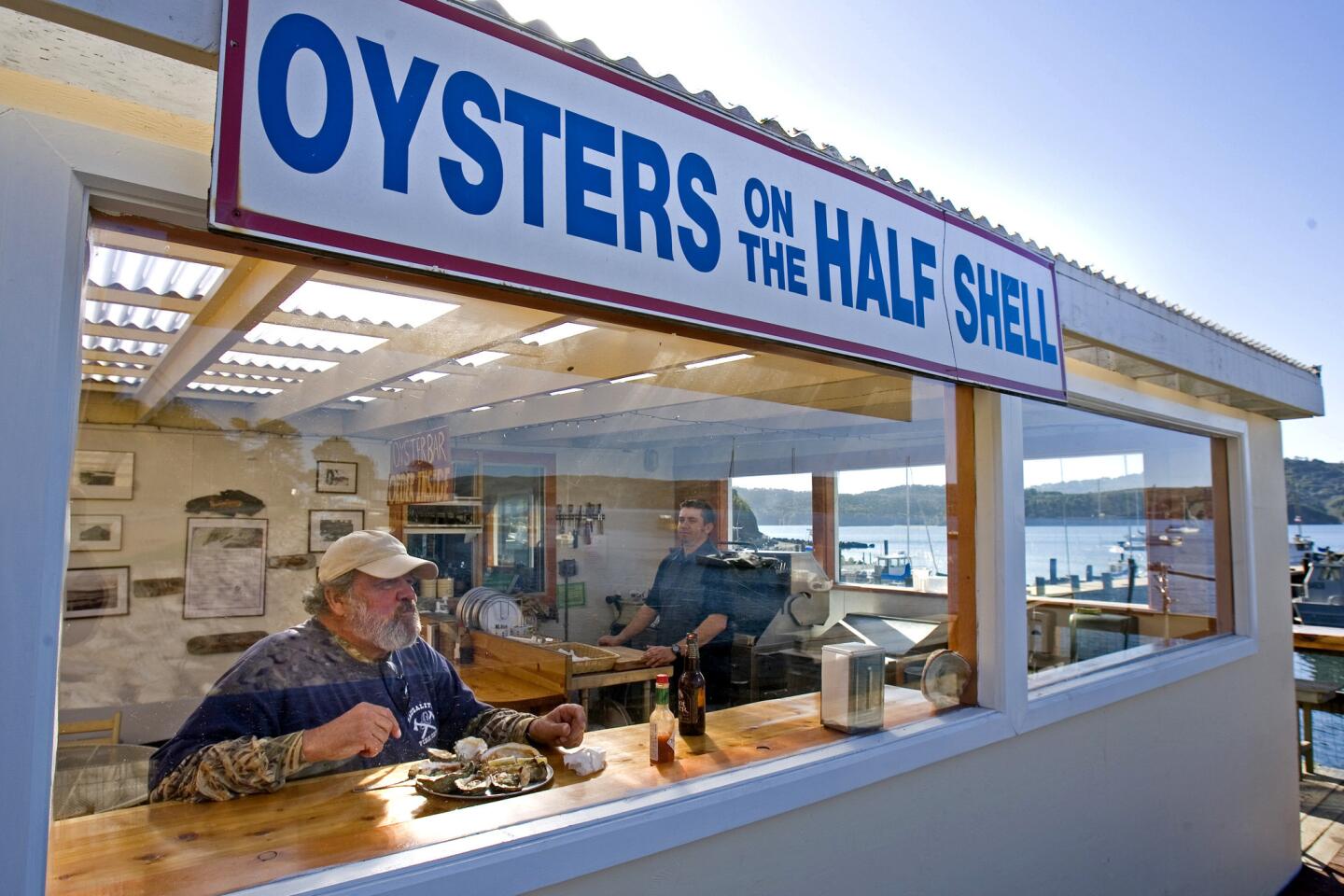
Distance: 431 miles one-way.
For certain people, no fruit of the sea is better than a fresh oyster. And in California, there’s no better place to eat them than at Tomales Bay, about 40 miles northwest of San Francisco. The bay, an index finger of water that separates the Point Reyes Peninsula from mainland Marin County, is a protected ecosystem where oysters are farmed. In Marshall are two standouts for those who love to slurp the succulent mollusks: the Tomales Bay Oyster and the Hog Island Oyster companies. But you don’t have to drop a fortune to sample some. At their stores in Marshall, you’ll find bushels of small, medium and large oysters and other shellfish. Bring work gloves, because you’ll have to shuck the oysters yourself.
Info: Tomales Bay Oyster Co., 15479 Highway 1, Marshall, CA 94940; (415) 663-1242, www.tomalesbayoysters.com. Hog Island Oyster Co., 20215 Highway 1, Marshall, CA 94940; (415) 663-9218, www.hogislandoysters.com. Reservations are required for the picnic area.
-- Kathy M.Y. Pyon
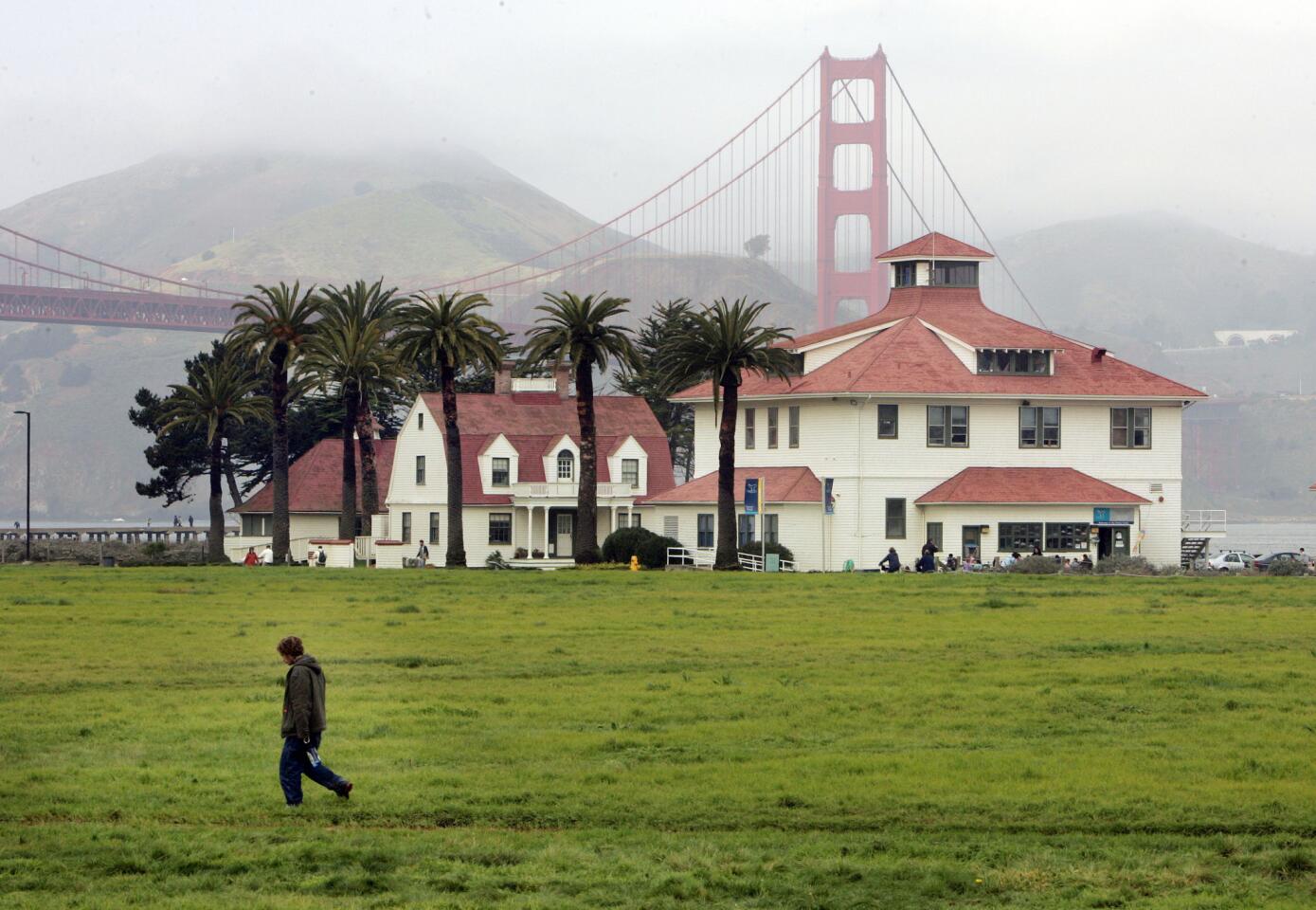
Distance: 388 miles one-way.
For any San Franciscan worth his salt, the 1,491-acre wooded site known as the Presidio -- and its fate -- has been part of their lives for decades. In 2001, when the park changed hands from the U.S. Army -- under whose care it had rested for 148 years -- to the national park system, speculation and rumors about its future swirled.
Would Lucasfilm transform a 23-acre part of the park into the Letterman Digital Arts Center? It did. Would high-end condos replace Army barracks? They didn’t. But during the last year, the Presidio has reinvented itself again. New museums, exhibits and outdoor venues are sprouting as quickly as the newly planted trees that are part of the Presidio’s reforestation project.
-- Karen Leland
(Robert Durell / Los Angeles Times)
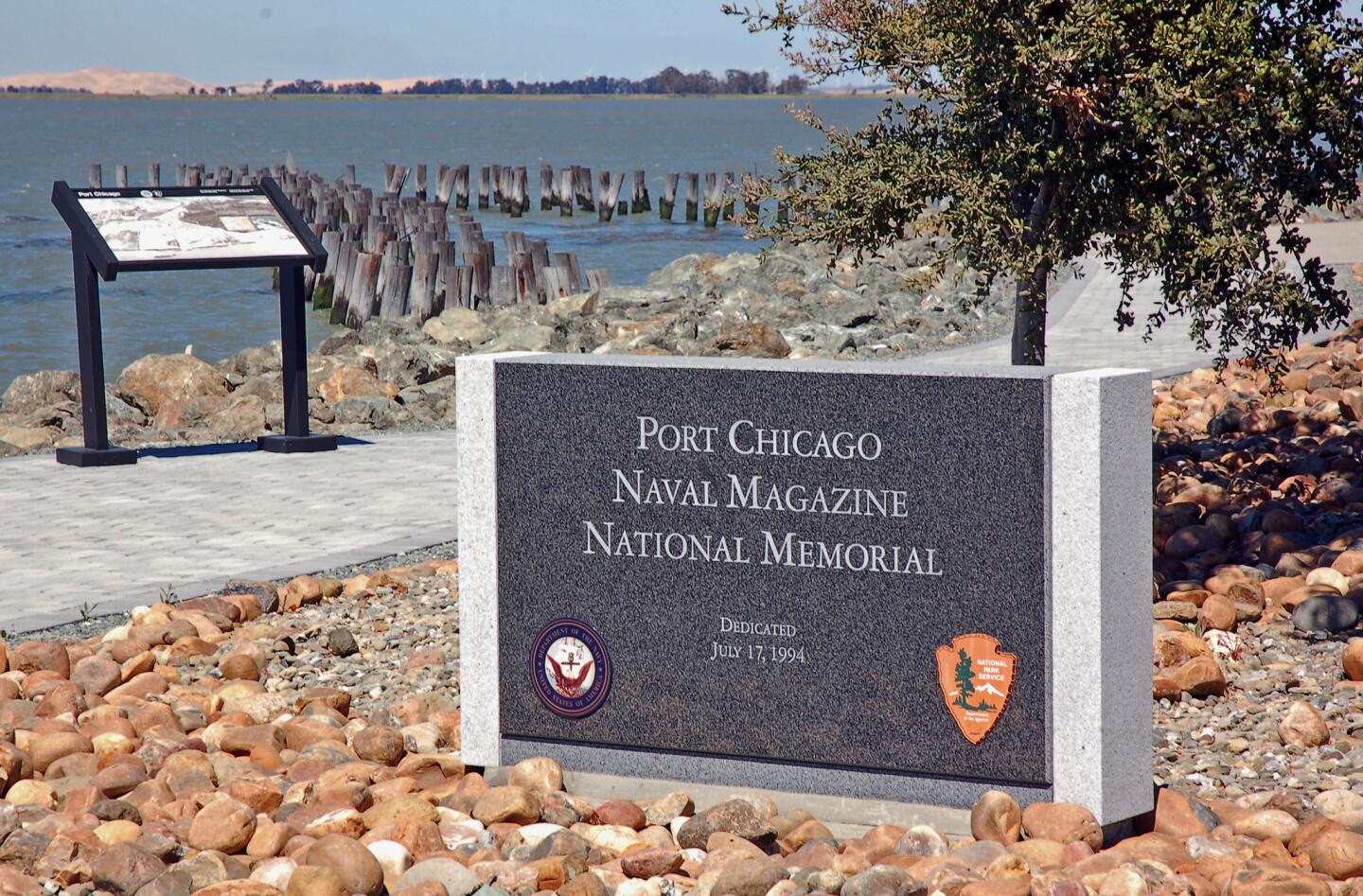
Port Chicago, a World War II munitions transfer point in the San Francisco Bay area, was the site of tragedy on July 17, 1944, when an explosion killed 320 people and injured 390 more. (Christopher Reynolds / Los Angeles Times)
Advertisement
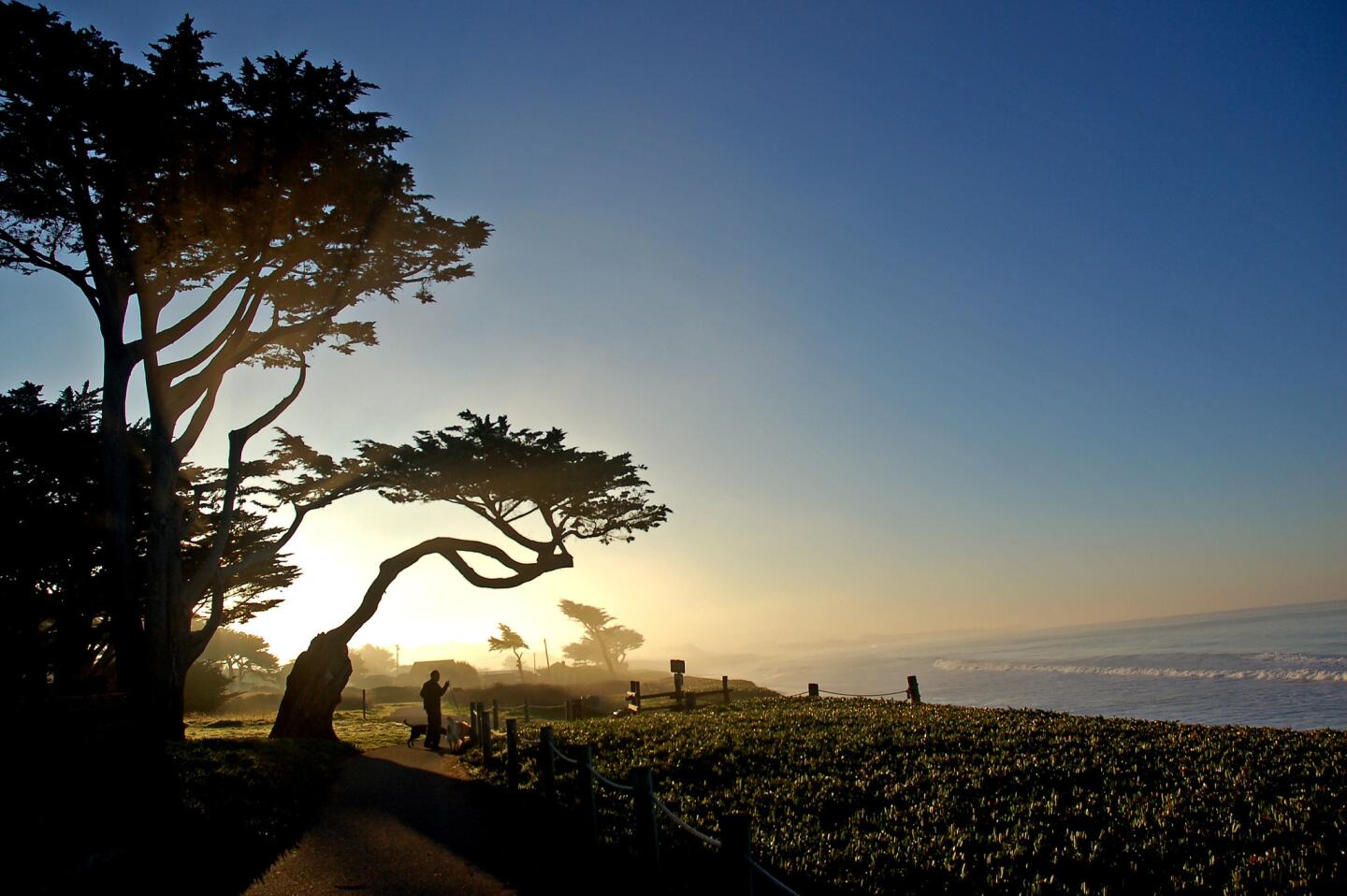
Distance: 389 miles one-way.
The lush Santa Cruz Mountains cradle Half Moon Bay against the sea. One way to get here is to take on the Devil’s Slide, a crumbling promontory that has been the bane of the state Department of Transportation. When the road is intact, Highway 1 from San Francisco snakes along steep cliffs, over boulder-strewn shores, dropping into Half Moon Bay from the north.
-- Hugo Martin
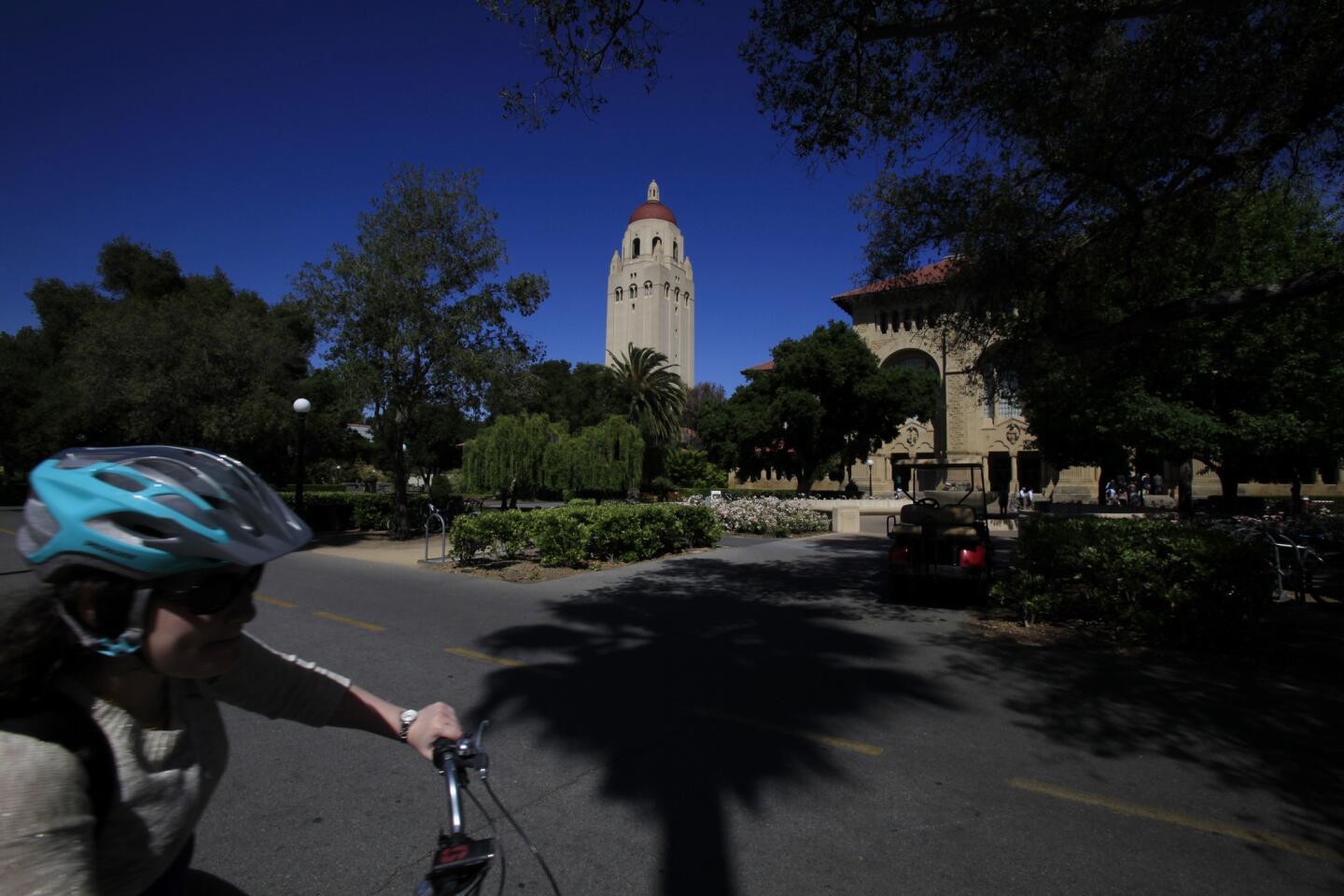
Distance: 357 miles one-way.
Stanford, home to stately old buildings, was a farm before 1885, when Leland Stanford and his wife, Jane, created Leland Stanford Junior University in honor of their recently deceased son. With ambitions to compete with the Ivy League, the Stanfords hired Frederick Law Olmsted to design the landscape. The first students, including Herbert Hoover, arrived in 1891.
(Francine Orr / Los Angeles Times)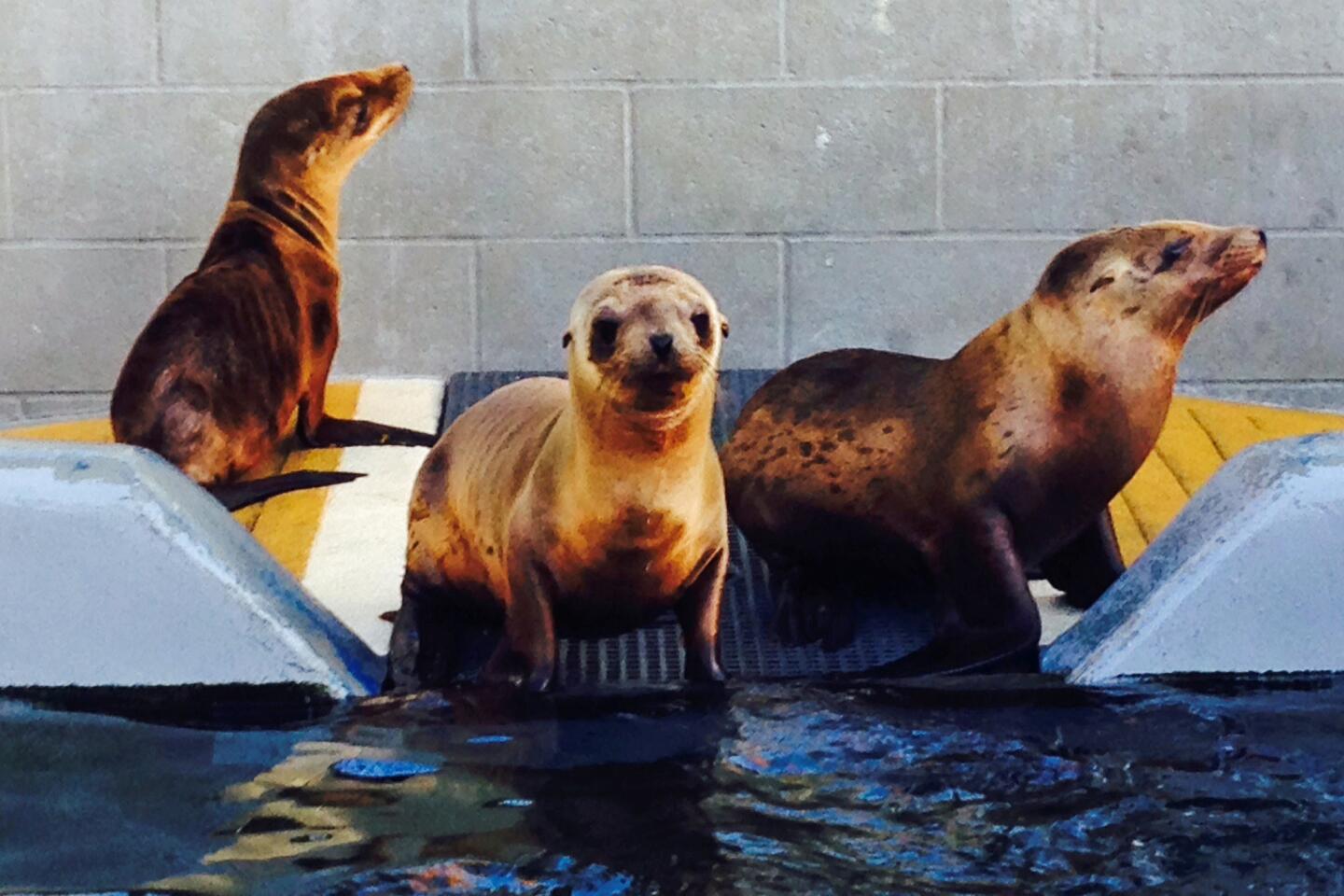
Distance: 393 miles one-way.
The mammal center, which has rescued and treated sea animals for more than 30 years, has unveiled a new medical facility, research lab and public-education area at a former Nike missile site -- and it’s open to visitors.
Outfitted with glass walls, educational displays and viewing platforms, and open from 10 a.m. to 5 p.m. daily, the area gives visitors a peek into the workings of an animal rehabilitation program, including food preparation, pools for animals under treatment and the (optional) postmortem exam areas.
-- Christopher Reynolds
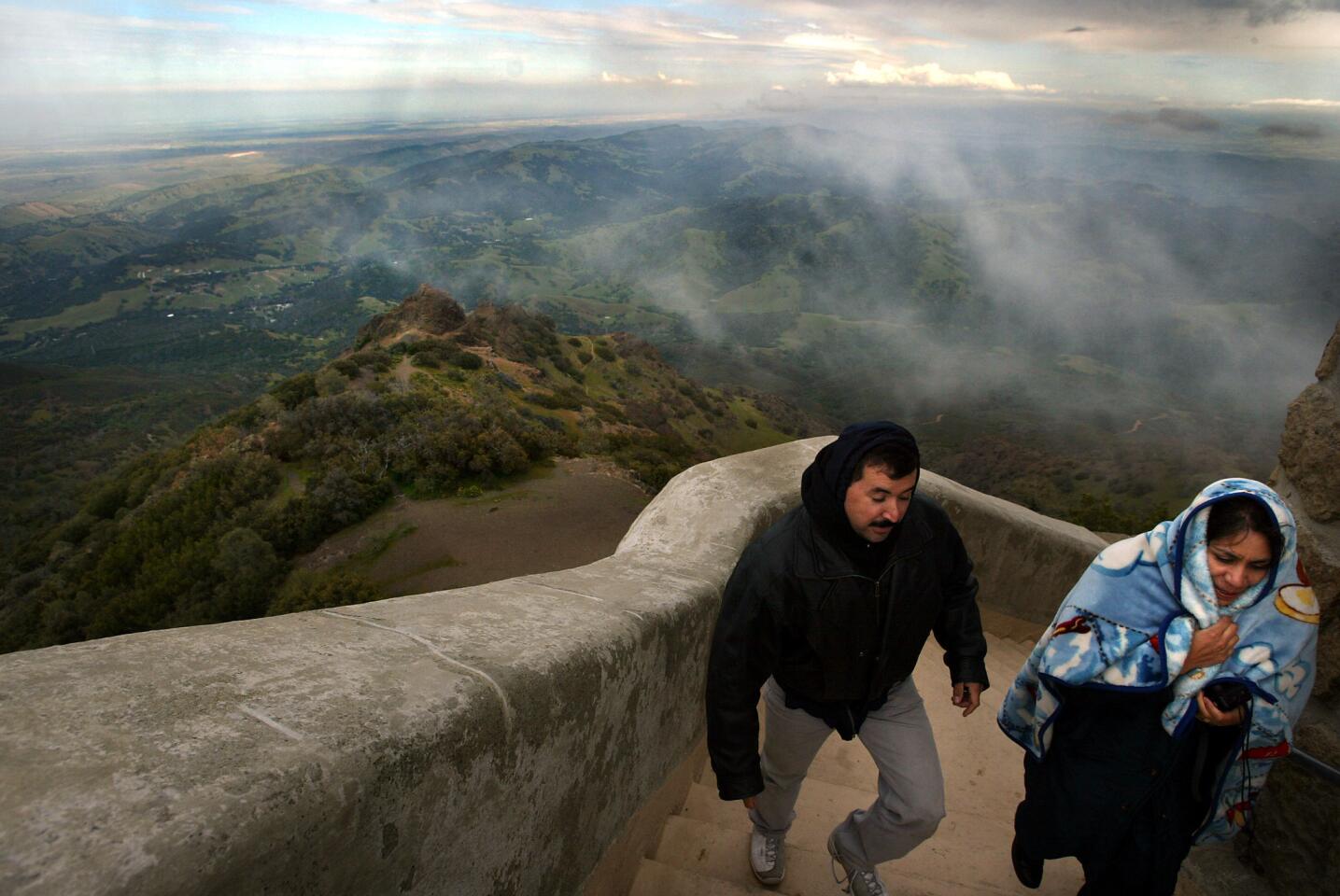
Distance: 371 miles one-way.
Mt. Diablo is a mountain riddled with myths. Which is to say that much of what has been said about this Northern California peak is false.
The biggest and most repeated falsehood is that from its 3,849-foot summit visitors can see more of the Earth’s surface than from any other high point except Mt. Kilimanjaro in Africa.
You don’t have to be a geography nut to know that Alaska‘s Mt. McKinley or any of Colorado‘s mighty peaks easily top that claim.
-- By Hugo Martín
(Robert Durell / Los Angeles Times)Advertisement
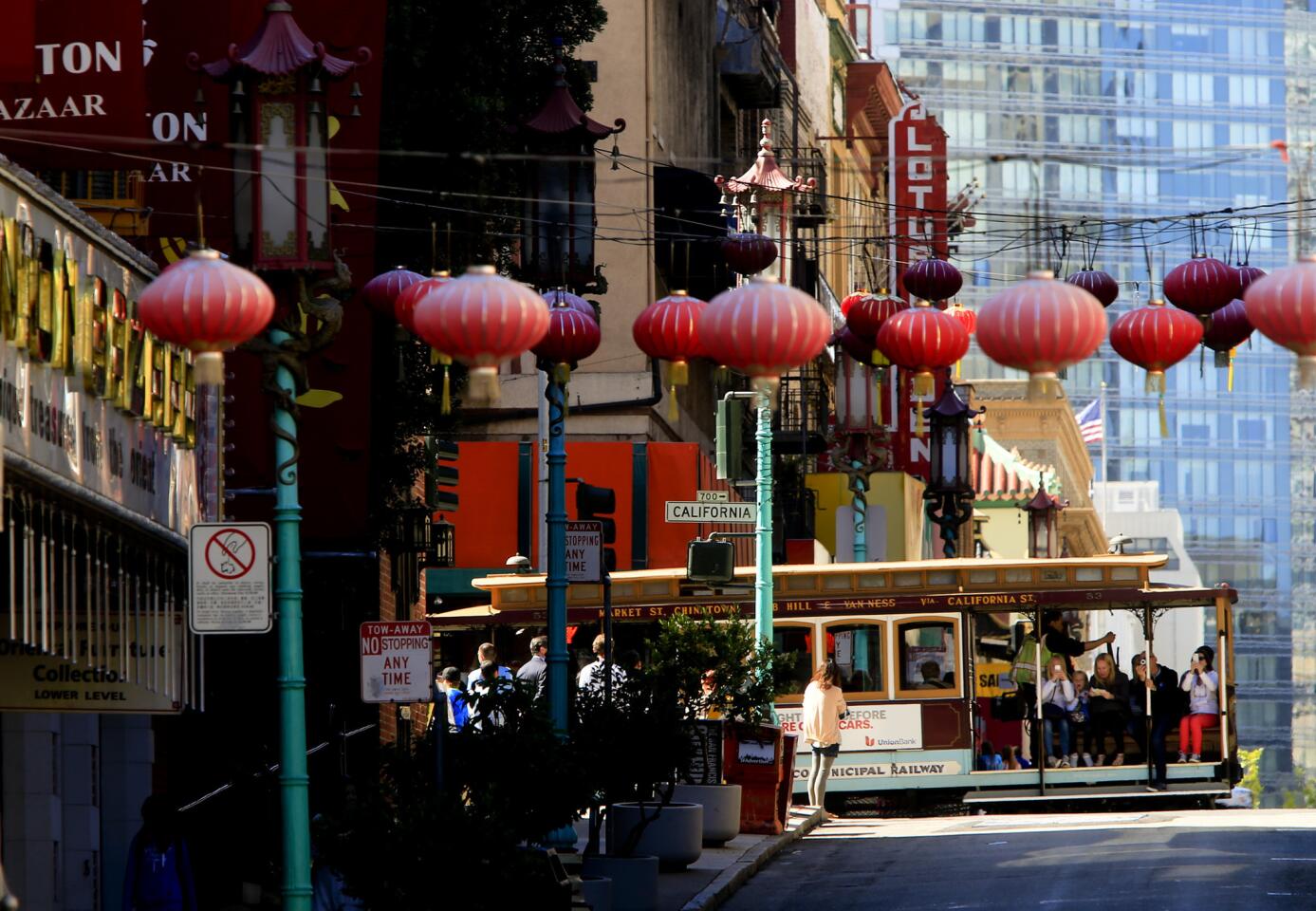
Distance: 381 miles one-way.
It’s Chinatown. You’ve been there and done that, strolling vaguely under the dragon gate at Grant Avenue, dawdling past the kitschy gift shops, then strolling out again, maybe not much wiser, maybe not much merrier. Me too. But this, it turns out, was our own fault. Early this month, for reasons that will become clear and for the first time in 30 years of visits to San Francisco, I gave this Chinatown some serious time and attention. In 48 hours, I left only once, for a 10-minute cable-car ride. In return, Chinatown delivered joy, intrigue, retail temptation, good cheap food and a bracing glimpse into harsh history and contemporary poverty, all in the space of about 24 blocks.
-- Christopher Reynolds
(Mark Boster / Los Angeles Times)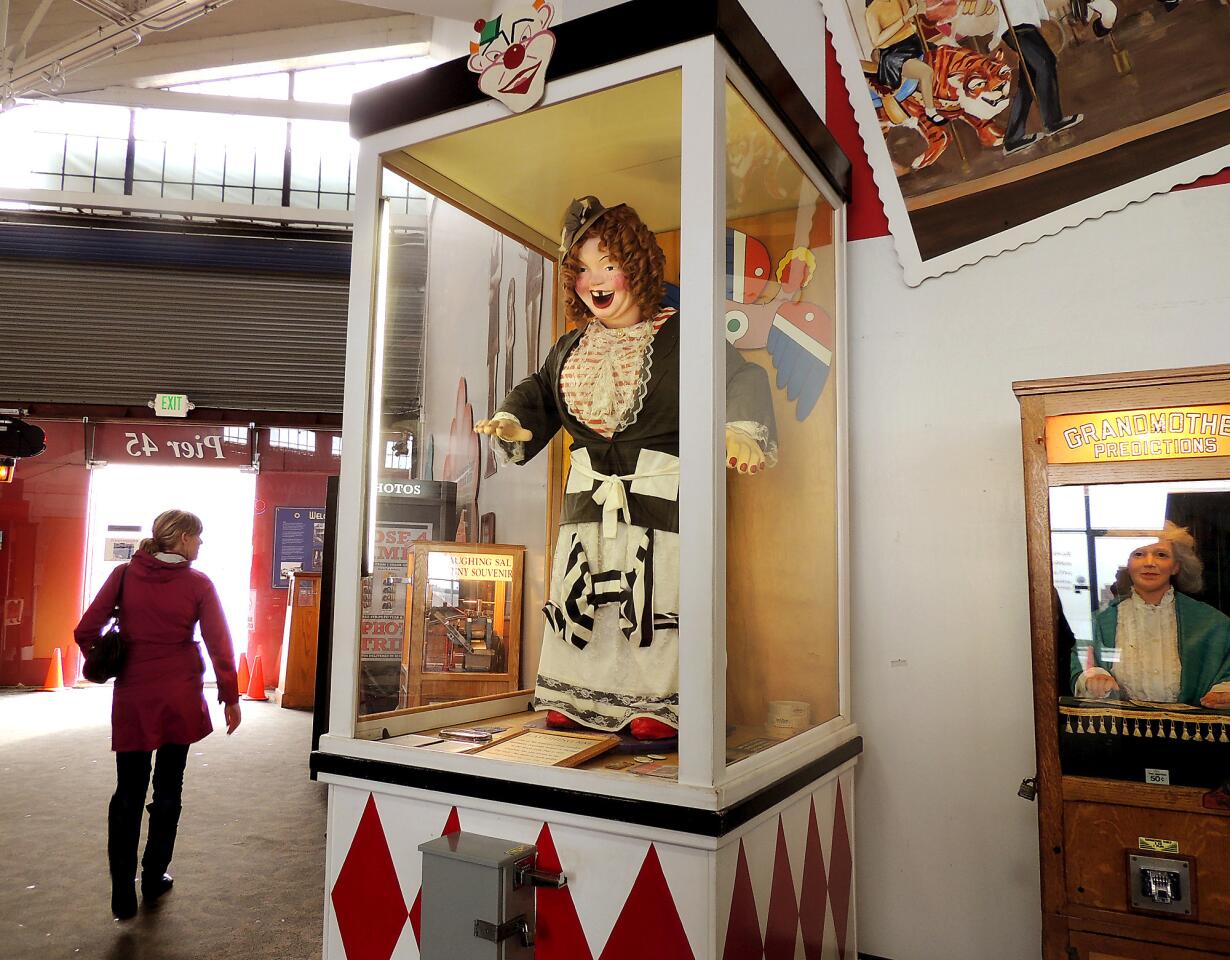
Distance: 382 miles one-way.
An old-school San Francisco treat. This wonderfully campy nostalgia museum contains one of the world’s largest collections of antique arcade games, player pianos, funky mechanized figures and other coin-operated diversions. The museum, now off Fisherman’s Wharf, was located below the Cliff House until 2002. On Pier 45, Shed A, off Embarcardero at the end of Taylor Street. (415) 346-2000, www.museemechanique.org. Free.
-- Shermakaye Bass
(Rosemary McClure / For The Times)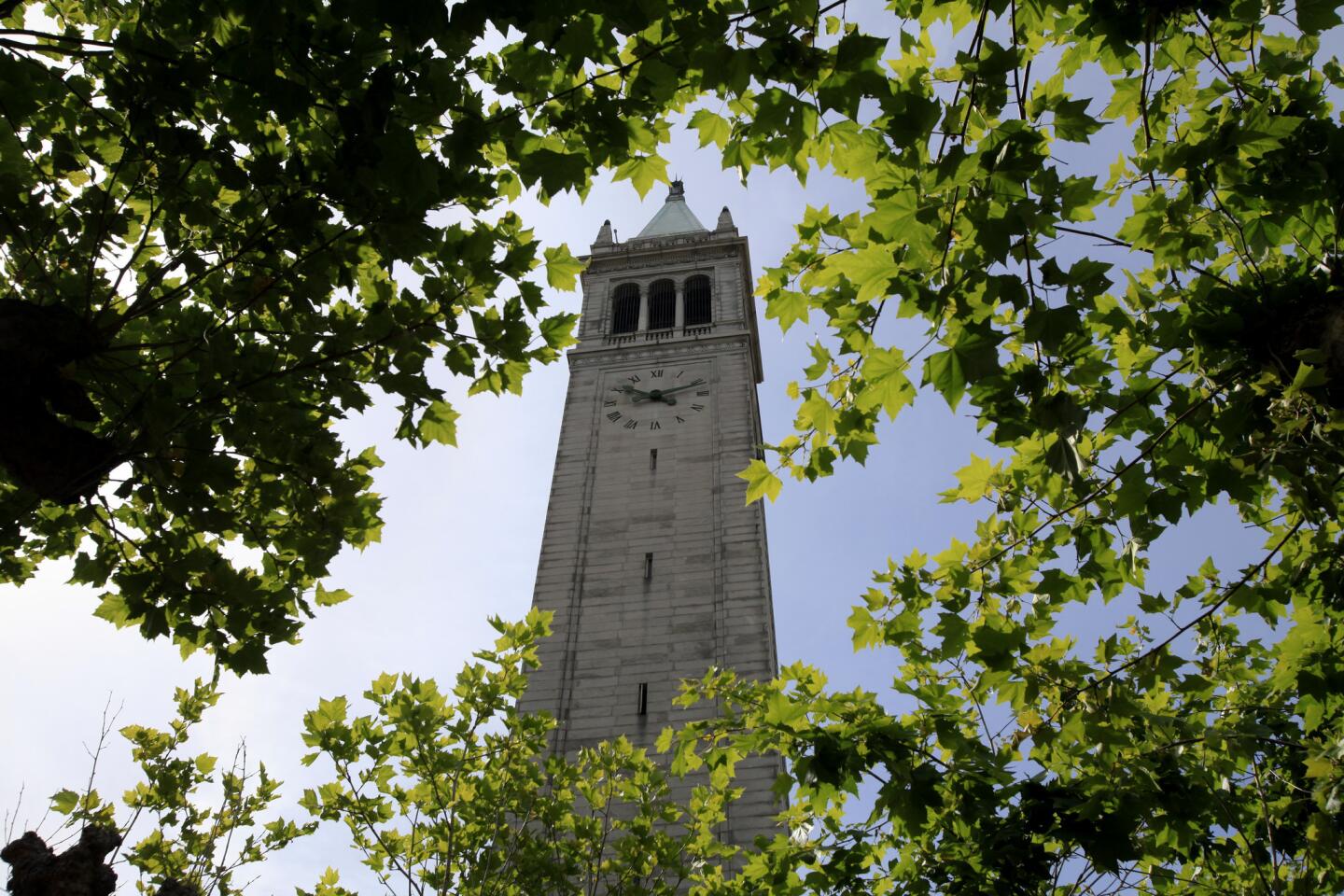
Distance: 375 miles one-way.
So what do we call this place? Cal? Berkeley? Cal Berkeley? UC Berkeley? This question hung above 10 of us -- nine visitors and one student tour guide, all gathered at a busy campus that simmered on an autumn weekday morning with undergraduate enthusiasm, intellectual fermentation and political skirmishing.
Way back in 1966, when he was running for governor and the university was awash in demonstrations,
-- By Christopher Reynolds
(Francine Orr / Los Angeles Times)
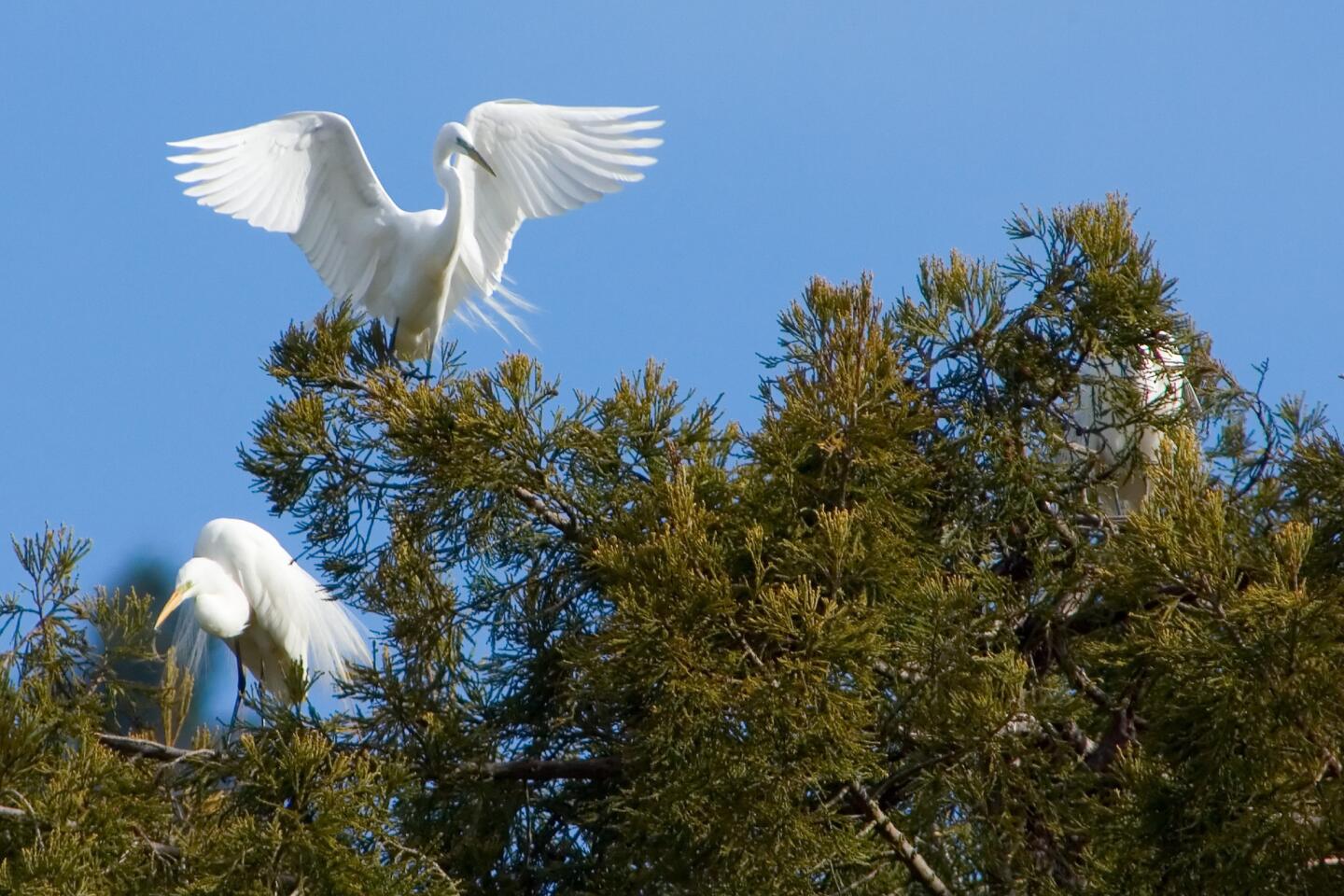
Distance: 414 miles one-way.
The lanky white egrets and the bluish-gray herons launch in unison from their twig nests, on the top branches of towering redwood trees overlooking Bolinas Lagoon, just north of San Francisco. The birds soar gracefully, their powerful wings pushing them slowly into the sky.
This is not the kind of thing volunteer Leslie Flint wants to see on opening day at Audubon Canyon Ranch, a nonprofit preserve that has become one of the West Coast’s largest nesting grounds for great blue herons and great egrets.
-- Hugo Martín
(Peter DaSilva / For The Times)Advertisement
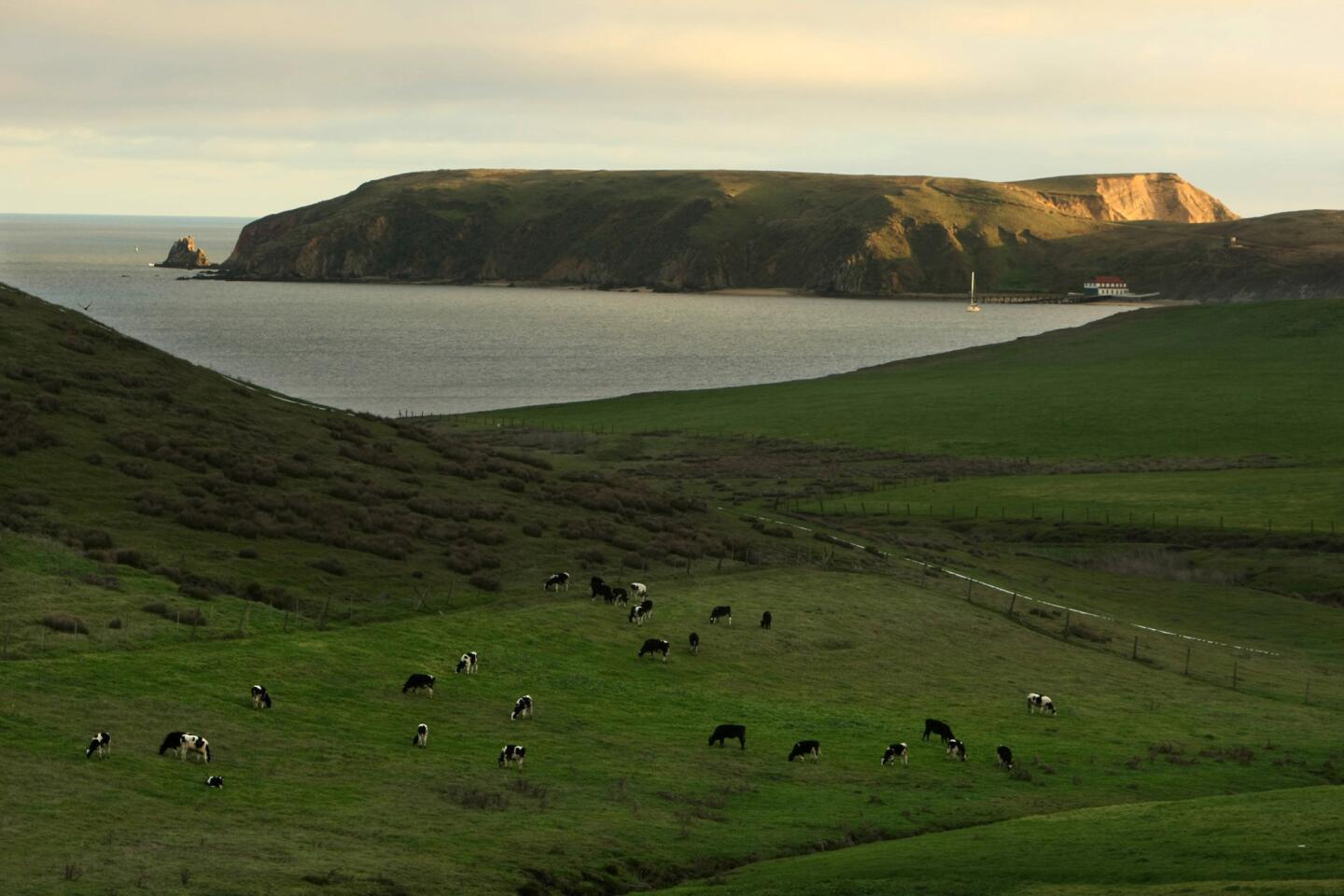
Distance: 415 miles one-way.
Once upon a time, while wandering along the beach at this national seashore, I came across a herd of cattle strolling on the sand. Who can blame them? These 70,000 acres on a peninsula north of San Francisco, shrouded in cool fog and blanketed by green grass, resemble a postcard of the rocky shores of Ireland. But it’s the wildlife that sets Point Reyes apart: More than 1,000 species call the park home, including a menagerie of shorebirds and raptors. The park is about 30 miles from San Francisco along California 1. Info: (415) 464-5100, www.nps.gov/pore.
-- Hugo Martin



